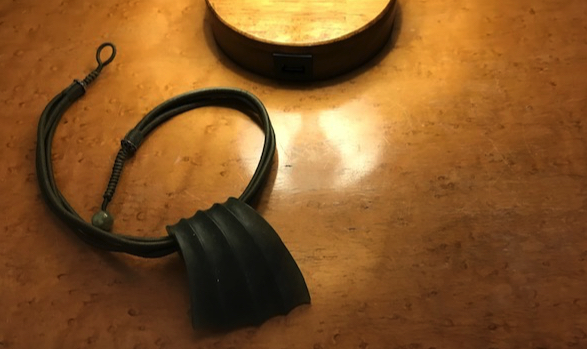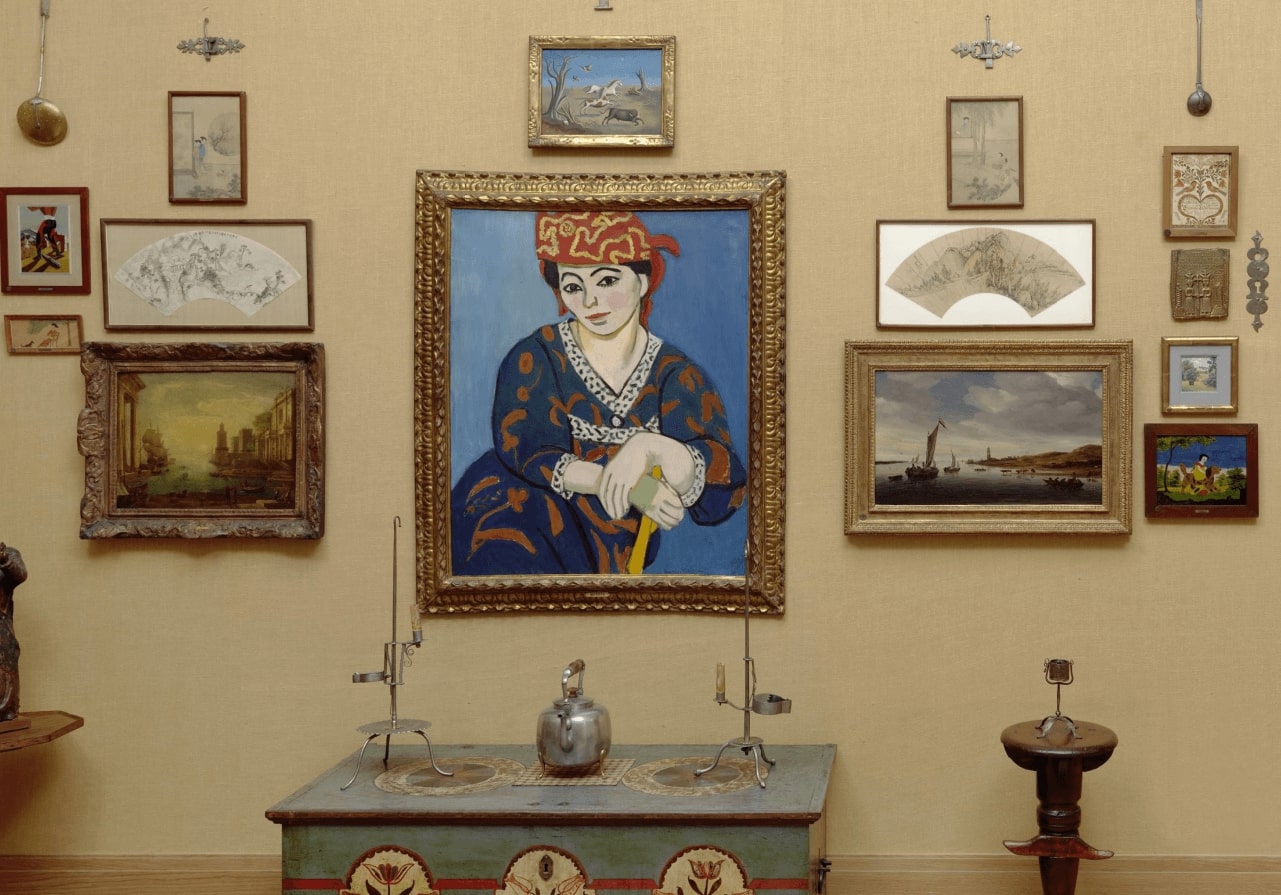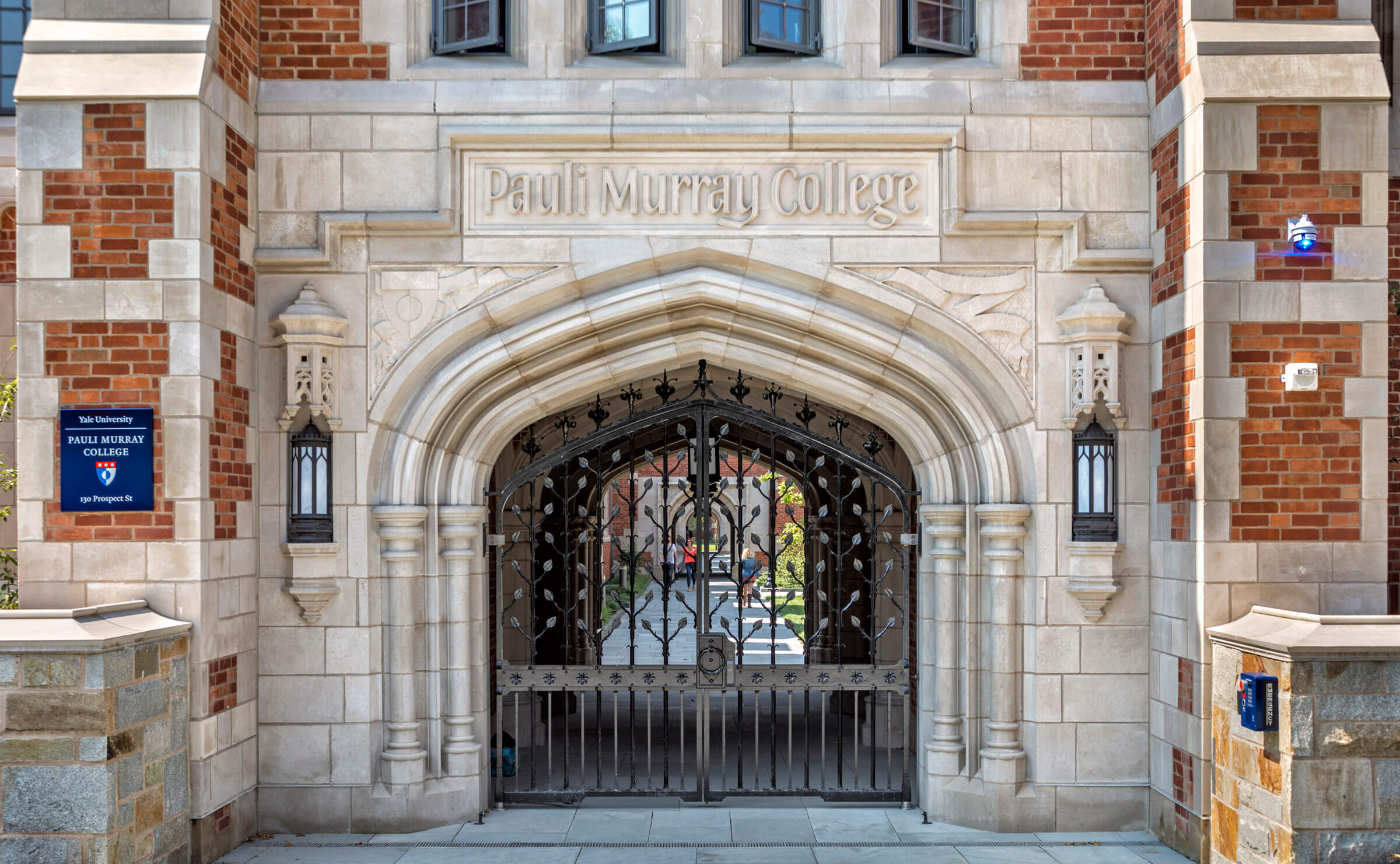
READ ALL ABOUT IT
I came across this confident statement in the September issue of New York Review of Architecture, in a rather breathless review of a recent book about Aline and Eero Saarinen: “It is through media, of course, that we primarily consume architecture.” I was brought up short. How preposterous, I said to myself. But on second thought I realized that it was all too true. If there is an audience for architecture—and judging from the almost total absence of architecture columns in the mainstream press one has to be doubtful—it’s likely that its chief connection with architecture is through media rather than first-hand experience. And, consumers, as opposed to building occupants, need to be amused, tittilated, and entertained. The experience of a great building is complex and involves tactile qualities as well as historical memory, attributes that are difficult to convey on a iPhone. I suppose if Steen Eiler Rasmussen were writing his classic handbook today he would have to call it Consuming Architecture. How sad.

PHILADELPHIA SECESSION
The other day, my friend Jonathan Barnett and I were walking down 23rd Street when our attention was drawn to an unusual building on Manning Street, one of those narrow alleys that are common in Philadelphia. Obviously very new, the building caught our eye for a number of reasons. First, the walls were brick, at a time when virtually all infill housing in the city is glass with perhaps a scattering of metal siding. And this brick was not the usual red, but lightly glazed yellow. Second, the regular composition of rectangular openings punched in the facade of this three-story box was similarly unusual at a time when architects are bending over backward to avoid regularity, let alone symmetry. The box-with-openings reminded me of the Haus Wittgenstein in Vienna, designed by Paul Engelman and Ludwig Wittgenstein for the latter’s sister in 1925-28. But the Manning Street building also recalls an earlier period: the Vienna Secession. The windows, which are set into large opening are framed by black L-shaped panels ornamented with geometrical patterns. Ornament! That really set this interesting little building apart. The architects are a local firm, Stanev Potts; Petra Stanev and Stephan Potts.

NIGHT
Love has gone and left me and the days are
all alike;
Eat I must, and sleep I will,–and would that
night were here!
–Edna St.Vincent Millay

THERE’S AN APP FOR THAT
It is said that a picture is worth a thousand words. Tell that to today’s museum curators, who insist of covering gallery walls with words, identifying the picture, who painted it and when, and of course who donated it. At the very least. There are also entire chunks of text making sure that we understand why this art is important. The result is that museum goers are caught up in reading, or listening if they have rented an audio guide, anything but looking. What a shame. I am with Albert C. Barnes, who insisted that his collection not have any identifying labels. Nothing but the art itself. The curators at the Barnes Foundation are legally constrained from adding text to the wall—in any case, there is no room—so they have helpfully created an app, Barnes Focus. Now people can stare at their phones instead of looking at the paintings.
Photo: Gallery in Barnes Foundation, Philadelphia.

CAREERS
Moshe Safdie has just donated his architectural archive of correspondence, drawings, and models, as well as his apartment in Habitat, to his alma mater, McGill University. His is a remarkable career, not least for its long span. Of course Safdie started young, he was only 29 when Habitat—his first project!—propelled him into the limelight. Most architects who experience a break-out project do so at a relatively advanced age—Louis Kahn was 52 when he came to the public’s attention, Frank Gehry was 49. Edwin Lutyens, an exception like Safdie, skipped school and designed his first house at 18, and was nationally known by the time he reached his mid-30s (he died at 74). The one architect I can think of who bears direct comparison with Safdie is Frank Lloyd Wright, whose Prairie Houses date from his 30s, and whose career likewise exceeded 50 years. Of course, he lived to be 91; Safdie is 84 and going strong. Sto lat, Moshe, sto lat.
Photo: Moshe Safdie with Habitat model, c. 1964.

REVIVALS VS. TRANSPLANTS
Revivalism in architecture refers to a style that consciously echoes or evokes the style of a previous era. This blurs an important distinction. The Italian Renaissance and the British Gothic Revival were echoing the styles of earlier eras, earlier local eras. The Greek Revival, on the other hand, whether it occurred in Berlin, Edinburgh, or Philadelphia, was a foreign style from far away; it was a transplant. That did not mean that it was less authentic, but it did give it a different meaning. When Robert A. M. Stern built Franklin and Murray colleges at Yale in 2017, he was reviving James Gamble Rogers’s Collegiate Gothic of the previous century. But Rogers had not revived a local tradition; his inspiration was a collection of postcards and photographs of Oxbridge colleges (that he had not visited). He was transplanting.

